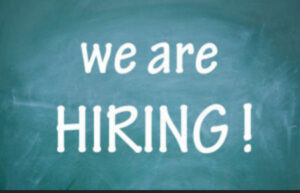
Five Tips to Win the War for Talent in 2017
When you have a low unemployment rate and a growing economy, it’s a job seeker’s market. In fact, 63 percent of full-time employees are looking for

When you have a low unemployment rate and a growing economy, it’s a job seeker’s market. In fact, 63 percent of full-time employees are looking for
We are all job seekers. You can bet that at some point you’ll get contacted by a recruiter, whether or not you are: actively looking,
Big Data is all the buzz these days. And with good reason. It is a vast storehouse of information that – with the right algorithms
Over half of employees who voluntarily leave their jobs do so within a year of hire. Although some amount of turnover is inevitable, a level